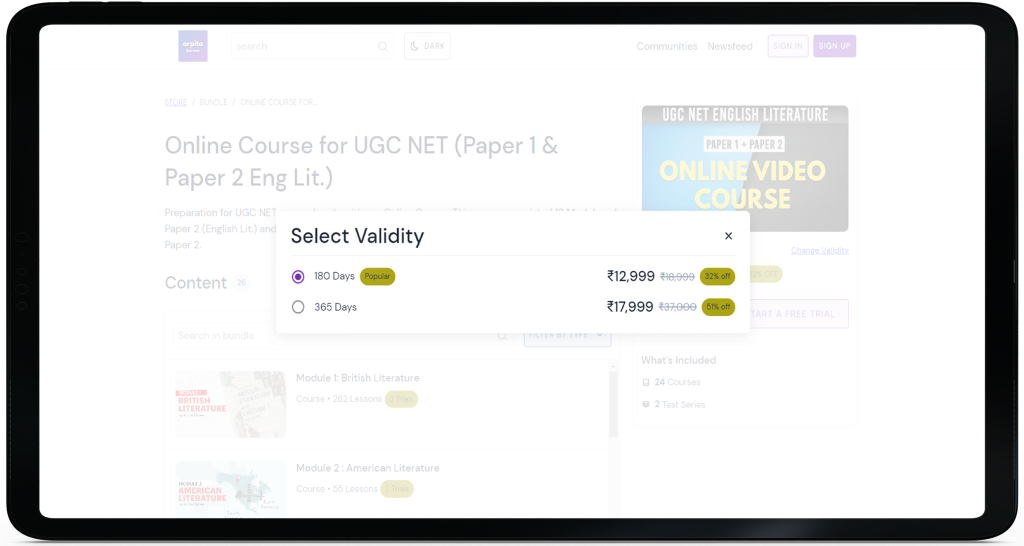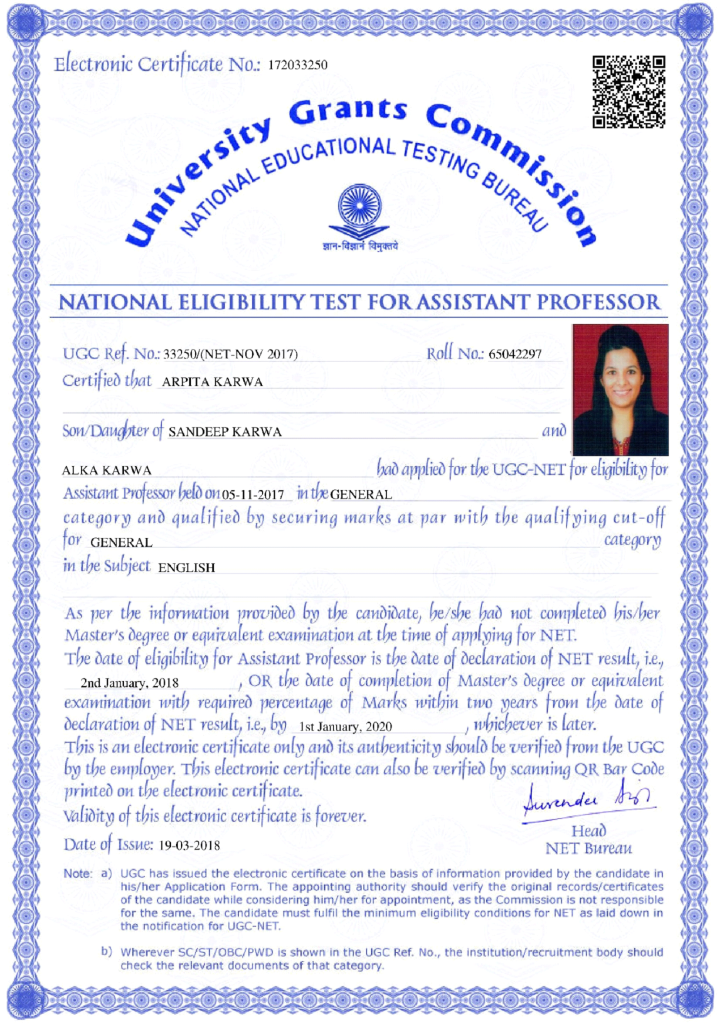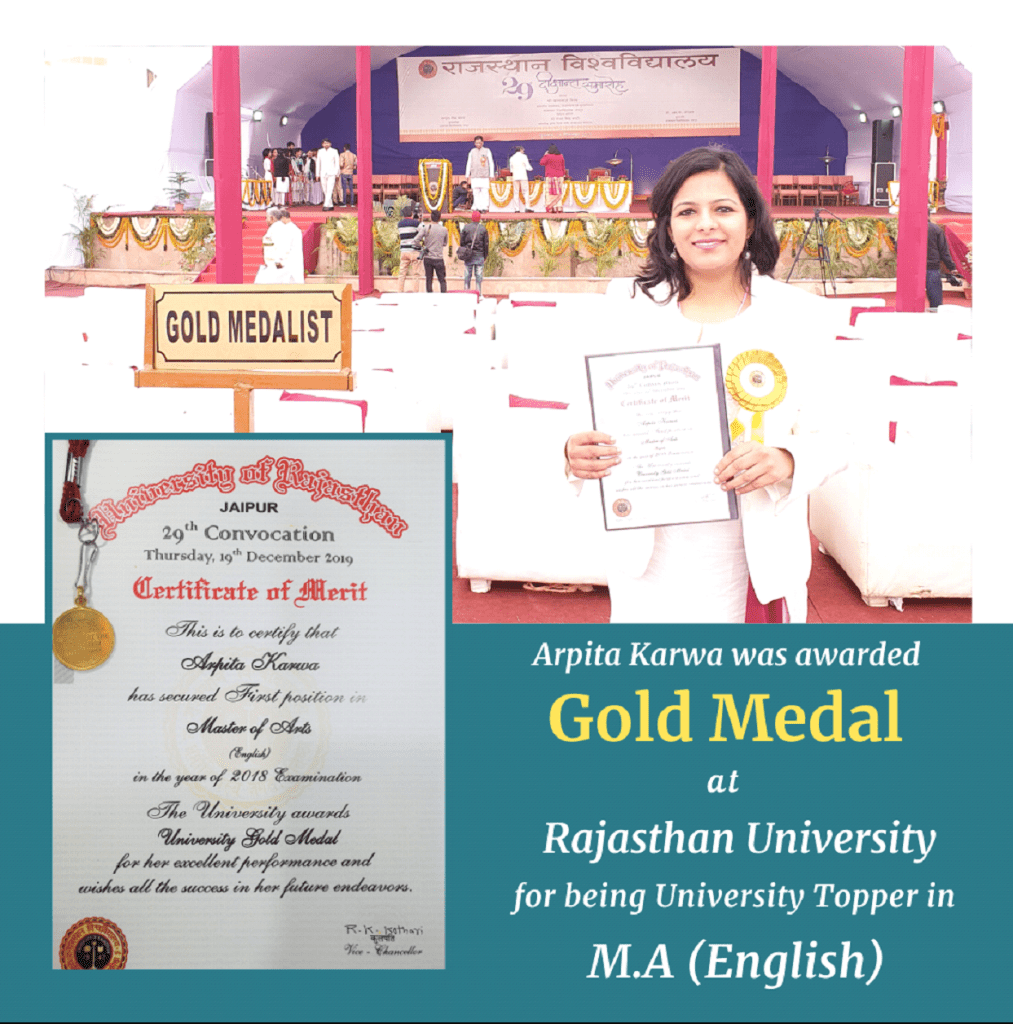UPSC English Paper 2 2018
June 19, 2023 2023-12-05 19:48UPSC English Paper 2 2018
2018 UPSC English Paper-2
ENGLISH
Paper – II
(LITERATURE)
Questions Paper Specific Instructions
Please read each of the following instructions carefully before attempting questions:
• There are EIGHT questions divided in Two Sections.
• Candidate has to attempt FIVE questions in all
• Questions no. 1 and 5 are compulsory and out of the remaining, any THREE are to be attempted choosing at least ONE question from each Section.
• The number of marks carried by a question/part is indicated against it.
• Answers must be written in ENGLISH
• Word limit in questions, wherever specified, should be adhered to.
• Attempts of questions shall be counted in sequential order. Unless struck off, attempt of a question shall be counted even if attempted partly. Any page or portion of the page left blank in the Question-cum-Answer Booklet must be clearly struck off.
SECTION-A
Q.1) Critically comment on the following in about 150 words each, focusing on the context:
(a) In the nightmare of the dark
All the dogs of Europe bark.
And the living nations wait,
Each sequestered in its hate.
(W.H. Auden)
(b) With an alien people clutching their gods.
I should be glad of another death.
(T.S. Eliot)
(c) The best lack all conviction, while the worst
Are full of passionate intensity.
(W.B Yeats)
(d) Yet still they leave us holding wretched stalks
Of disappointment, for, though nothing balks
Each big approach, leaning with brasswork prinked
Each rope distinct.
(Philip Larkin)
(d) And he left us
A changed mother
And more than
One annual ritual.
(A.K. Ramanujan)
Q.2) Answer the following:
(a) Auden’s The Shield of Achilles is a critique of contemporary culture. Elucidate.
(b) Comment on the ending of Look Back in Anger. Does it look like being where we started or, is there indeed a hopeful note?
(c) The Love Song of J. Alfred Prufrock epitomizes the frustrations and inertia of the modern era, Justify the statement.
Q.3) Answer the following:
(a) Explicate the significance of symbols used by Yeats with reference to the poems, Easter 1976, The Second Coming and Byzantium.
(b) “Larkin combines wistful sadness, amusement, respect for the commonplace and a deep compassion.” Discuss with reference to some of his poems.
(c) “The central weakness of Modernism is that in its pursuit of a more complex sense of reality it fails in coherence.” Do you agree? Justify your answer with some illustrations from twentieth century poetry and drama.
Q.4) Answer the following:
(a) Beckett called Waiting for Godot a ‘tragicomedy. Do you agree with this classification? If not, how would you classify the play?
(b) “It is the synthesis of Ramanujan’s perception of the external world with the world of his inner imaginative response which lends an extraordinary meaning to his poems.” Discuss with reference to the poems prescribed for study.
(c) Do you find the angry young man, Jimmy Porter’s attitude towards the society credible? Is it fully worked out and resolved in the drama? Give reasons for your answer.
SECTION-B
Q.5) Write short critical notes on the following in about 150 words each:
(a) The repetition and evolution of the symbol of ‘echo” in A Passage to India
(b) The significance of dreams in A Portrait of the Artist as a Young Man.
(c) The relationship between Paul Morel and his father in Sons and Lovers.
(d) The theme of alienation and isolation in Lord Jim.
(e) The significance of the different ‘houses in A House for Mr. Biswas.
Q.6) Answer the following:
(a) Examine the relationship between war and madness as represented in Virginia Woolf’s Mrs. Dalloway.
(b) How far is it correct to claim that the theme of Sons and Lovers is the growth of individual beings in a working-class environment?
(c) Is Kanthapura more concerned with reform in our dominant religion and culture than with political protest against colonial domination? Explain from the perspective of colonialism and post-colonialism.
Q.7) Answer the following:
(a) “A House for Mr. Biswas is a bildungsroman with a difference.” Discuss.
(b) What are the ways in which Stephen prepares himself for life as an artist? How is the process related to Joyce’s view of the role of the artist in society?
(c) “A man that is born, falls into a dream like a man who falls into the sea.” To what extent could Stein’s comment in Lord Jim be taken as a final assessment of the character of Jim?
Q.8) Answer the following:
(a) “Generally, the Indian characters in A Passage to India are less convincingly portrayed than the English characters.” Do you agree?
Give reasons for your answer.
(b) Raja Rao was greatly influenced by what the Irish politician, Daniel O’Connell said, “Nothing is politically right which is morally wrong” and this was supported by Gandhi. How far is it correct to read Kanthapura in the light of this statement?
(c) “Mrs. Dalloway has no conventional plot or action. It conveys to us only some moments of psychological illumination.” Discuss.
















